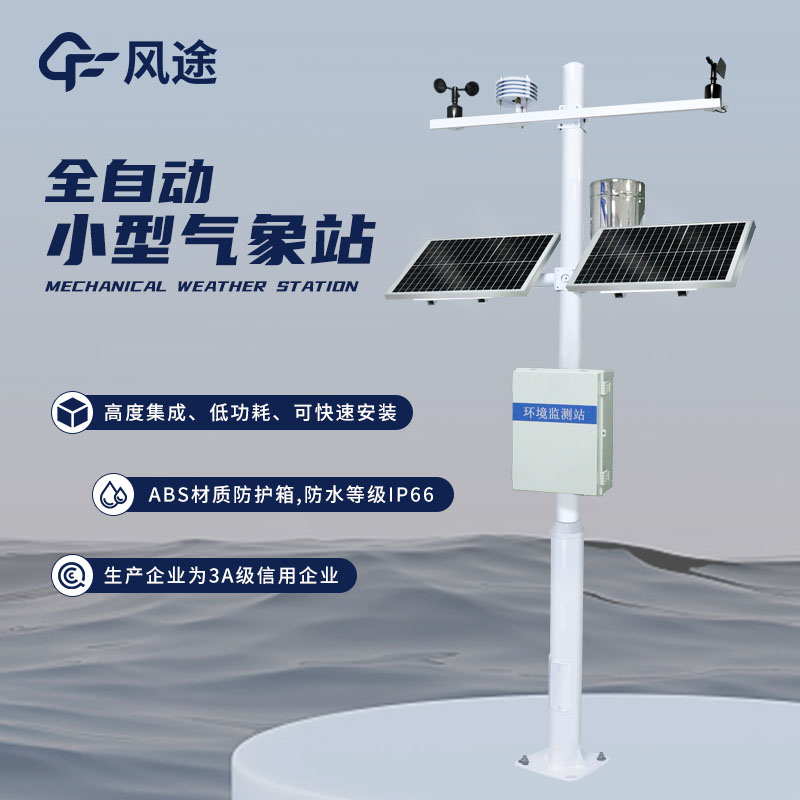A Meteorological observation station is a common instrument used for real - time collection and transmission of meteorological data. It mainly consists of a variety of high - precision sensors capable of monitoring key meteorological parameters such as temperature, humidity, wind direction, wind speed, rainfall, and air pressure. These sensors support free combination, allowing users to configure them flexibly according to specific requirements.
The monitoring station is equipped with a high - definition camera that can capture on - site images in real time, providing visual information for meteorological monitoring. It supports dual - power supply modes, namely mains power supply and solar power supply. In the event of a mains power outage, it automatically switches to solar power supply, making it especially suitable for field locations where mains power is unavailable.
The gateway is responsible for preliminary data processing and analysis and transmits data to the property management platform in real time. Users can access this data at any time and from any place via devices such as computers and mobile phones.
The installation of the monitoring station is flexible. Depending on the actual situation of the installation location, it can be fixed using a cement foundation or expansion bolts to ensure its stability and safety.
The Meteorological observation station supports wired communication methods such as RS485 and Ethernet, as well as wireless communication methods like 4G, 5G, LoRa, and WiFi, meeting data transmission requirements in different environments. The monitoring station allows users to set warning thresholds. When meteorological data exceeds the preset thresholds, the system automatically issues warning messages to remind users to take corresponding measures.
Meteorological observation stations are usually made of corrosion - resistant and durable materials such as stainless steel, carbon steel, and aluminum alloy. These materials effectively protect the internal equipment from adverse weather conditions like wind, rain, sunlight, and corrosion. The stations demonstrate excellent adaptability in various environments and scenarios, including cities, rural areas, mountainous regions, and coastal waters.

Article address:https://www.sqqx.net/en/news/592.html

 +86 15898932201
+86 15898932201



